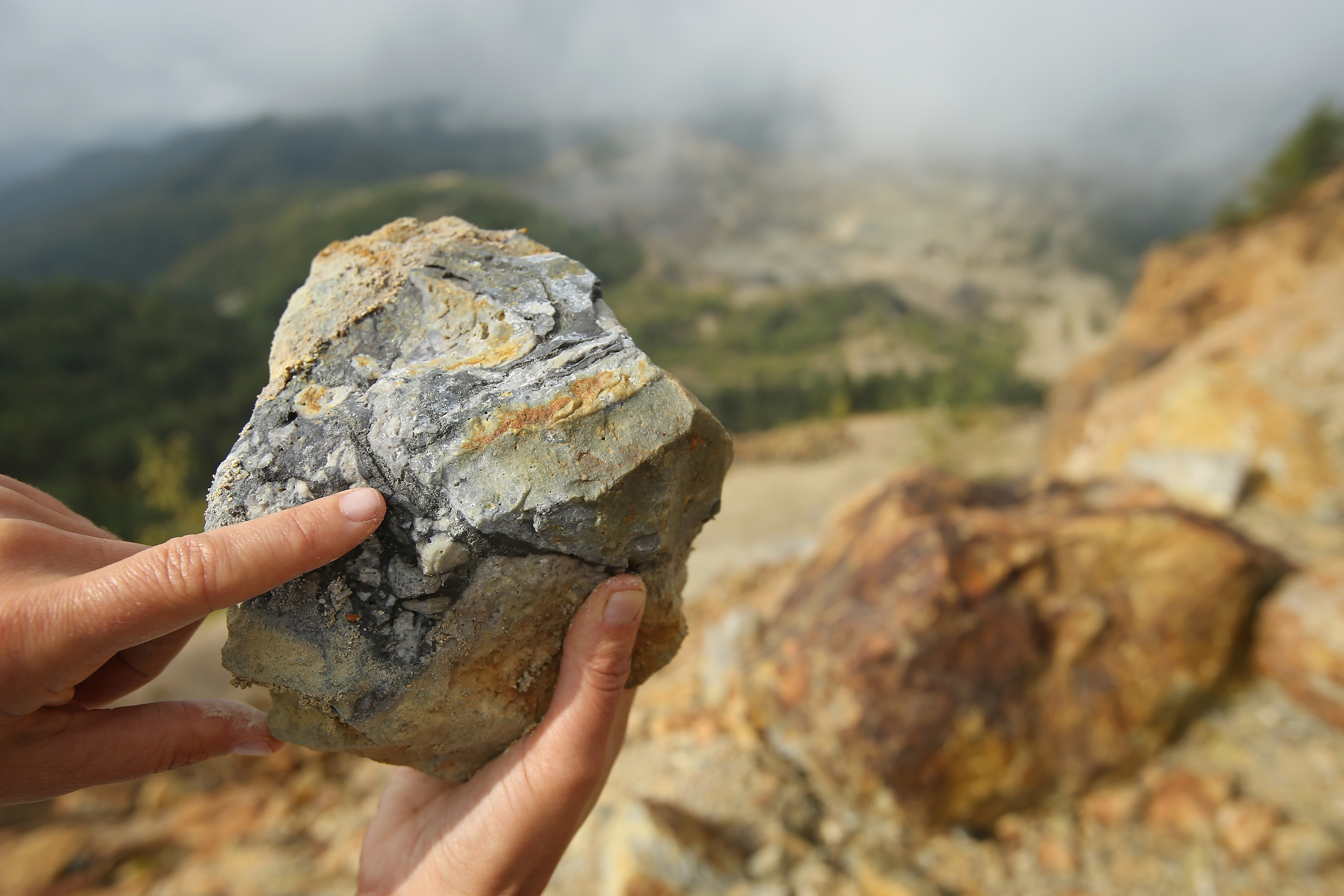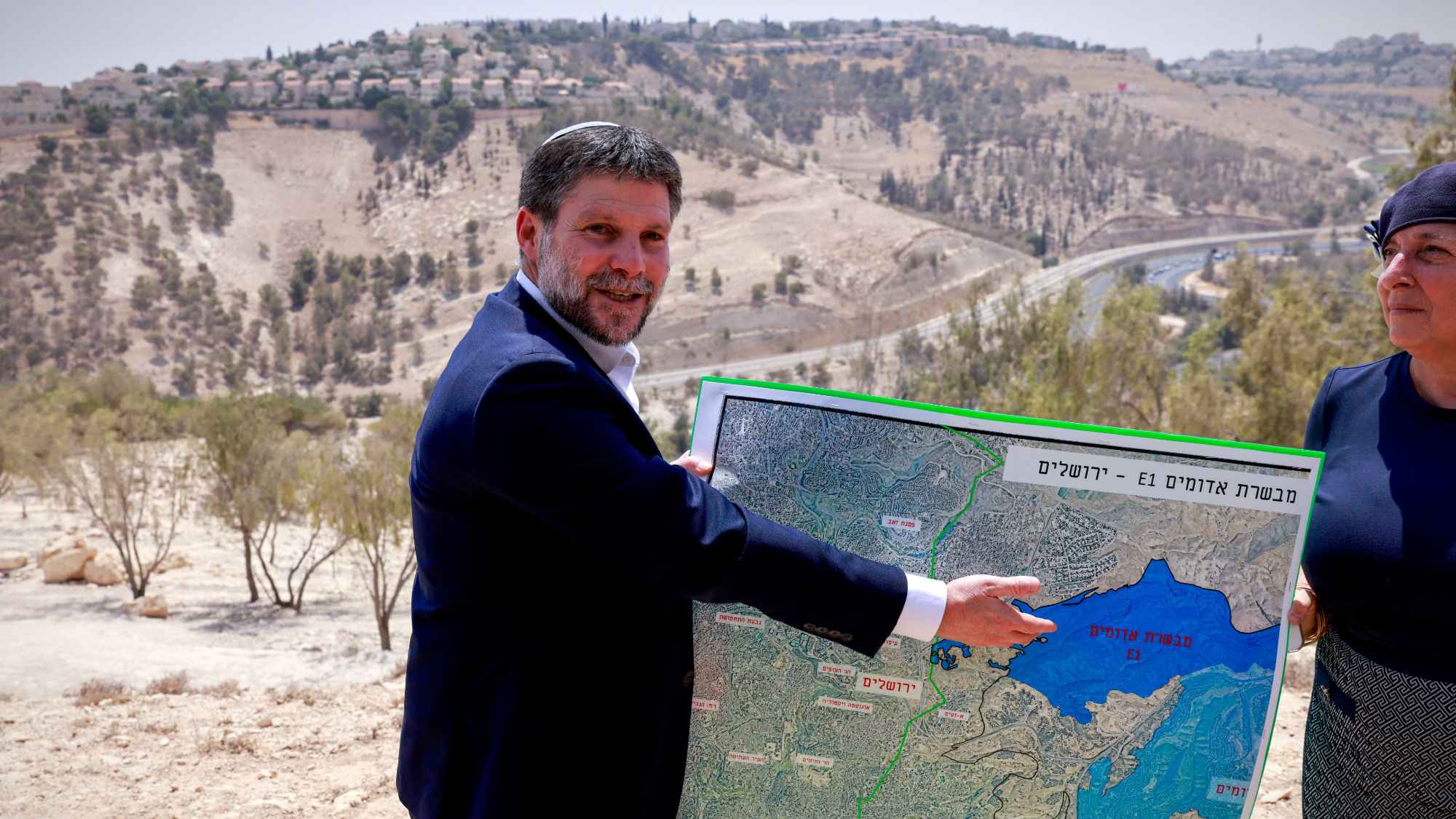This mineral could save the Earth from global warming

Most people agree that climate change is a huge problem for the modern world. And for many, stopping the warming of the Earth — let alone reversing the damage that has already been done — seems impossible.
But maybe not for much longer.
A group of scientists from Trent University in Ontario, Canada, have discovered a way to use a naturally-occurring mineral to tackle one of the biggest culprits behind climate change: carbon dioxide. The buildup of it and other greenhouse gases in our atmosphere are what causes the Earth's temperature to rise. But the formation of magnesite, a mineral comprised of magnesium, oxygen, and carbon, has the power to take that harmful carbon dioxide back out of our atmosphere, Popular Mechanics reported.
The Week
Escape your echo chamber. Get the facts behind the news, plus analysis from multiple perspectives.

Sign up for The Week's Free Newsletters
From our morning news briefing to a weekly Good News Newsletter, get the best of The Week delivered directly to your inbox.
From our morning news briefing to a weekly Good News Newsletter, get the best of The Week delivered directly to your inbox.
On its own, magnesite forms incredibly slowly in nature — it can take up to hundreds or even thousands of years, Newsweek explained. But this team of researchers has created a method to form the mineral in just 72 days. The process is sustainable and "extremely energy efficient," said Ian Power, the project leader, in a statement at the Goldschmidt Conference, an international conference on the field of geochemistry.
Of course, forming magnesite in a lab is still a far cry from actually deploying it to fight climate change, Inverse reported. But reducing atmospheric carbon is seen as the single most powerful thing we can do to protect the Earth from worsening climate change — and this promising research may develop into a real strategy.
Read more about magnesite and the way it works at Popular Mechanics.
A free daily email with the biggest news stories of the day – and the best features from TheWeek.com
Shivani is the editorial assistant at TheWeek.com and has previously written for StreetEasy and Mic.com. A graduate of the physics and journalism departments at NYU, Shivani currently lives in Brooklyn and spends free time cooking, watching TV, and taking too many selfies.
-
 7 bars with comforting cocktails and great hospitality
7 bars with comforting cocktails and great hospitalitythe week recommends Winter is a fine time for going out and drinking up
-
 7 recipes that meet you wherever you are during winter
7 recipes that meet you wherever you are during winterthe week recommends Low-key January and decadent holiday eating are all accounted for
-
 Nine best TV shows of the year
Nine best TV shows of the yearThe Week Recommends From Adolescence to Amandaland
-
 Israel approves new West Bank settlements
Israel approves new West Bank settlementsSpeed Read The ‘Israeli onslaught has all but vanquished a free Palestinian existence in the West Bank’
-
 US offers Ukraine NATO-like security pact, with caveats
US offers Ukraine NATO-like security pact, with caveatsSpeed Read The Trump administration has offered Ukraine security guarantees similar to those it would receive from NATO
-
 The Alps start the countdown to ‘peak glacier extinction’
The Alps start the countdown to ‘peak glacier extinction’IN THE SPOTLIGHT Central Europe is losing ice faster than anywhere else on Earth. Global warming puts this already bad situation at risk of becoming even worse.
-
 Hong Kong court convicts democracy advocate Lai
Hong Kong court convicts democracy advocate LaiSpeed Read Former Hong Kong media mogul Jimmy Lai was convicted in a landmark national security trial
-
 Australia weighs new gun laws after antisemitic attack
Australia weighs new gun laws after antisemitic attackSpeed Read A father and son opened fire on Jewish families at Sydney’s Bondi Beach, killing at least 15
-
 How Bulgaria’s government fell amid mass protests
How Bulgaria’s government fell amid mass protestsThe Explainer The country’s prime minister resigned as part of the fallout
-
 Benin thwarts coup attempt
Benin thwarts coup attemptSpeed Read President Patrice Talon condemned an attempted coup that was foiled by the West African country’s army
-
 Femicide: Italy’s newest crime
Femicide: Italy’s newest crimeThe Explainer Landmark law to criminalise murder of a woman as an ‘act of hatred’ or ‘subjugation’ but critics say Italy is still deeply patriarchal